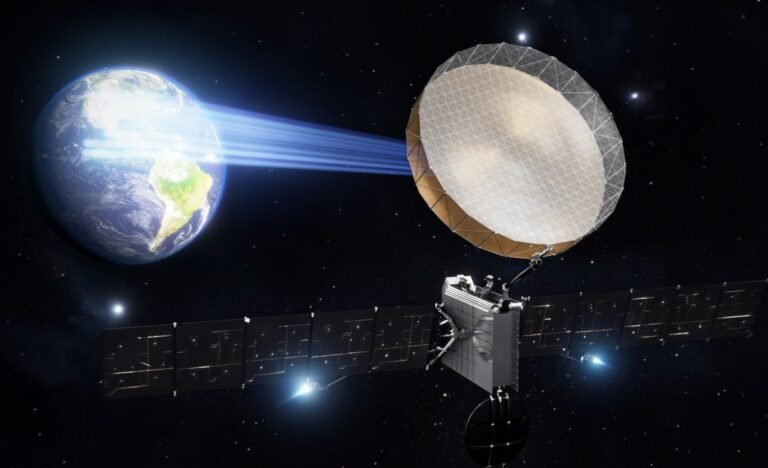
Astranis has taken the wraps off a new generation of communications satellites that will serve broadband to customers on Earth from geostationary orbit, but faster and smaller than any comsat up there.
Astranis builds and operates relatively small broadband satellites in high orbits, and sells that capacity on to telecom and internet service providers.
The startup takes prize in the comparatively diminutive size of its GEO satellites, which are normally huge and, as a result, are easy to track and potentially attack.
Like the company’s current satellites, Omega will have the ability to maneuver in GEO using on-board all-electric propulsion.
The company aims to complete the first Omega satellite in 2025 and launch to orbit in 2026.
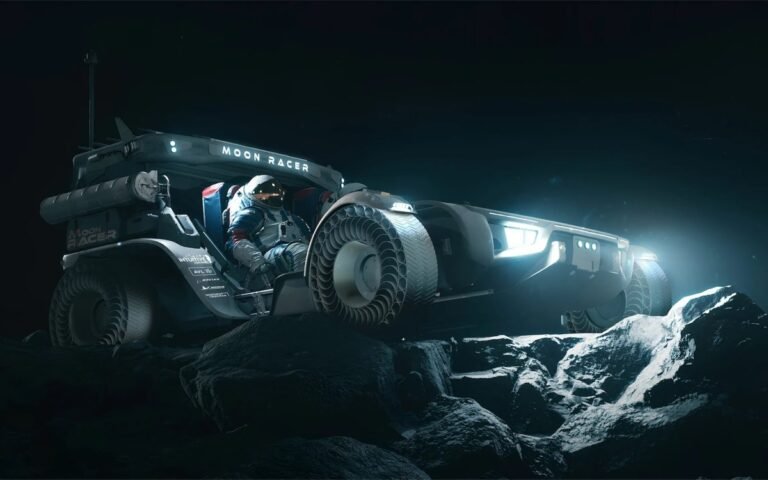
NASA has given three space companies the chance to design the next generation moon buggy — but only one design will go to space.
Intuitive Machines, Lunar Outpost, and Venturi Astrolab are developing rugged vehicles intended for astronauts to drive around on the lunar surface, from which NASA may choose as early as next year.
The three teams will now enter into a 12-month “feasibility phase” that will culminate in a preliminary design review.
NASA declined to specify the dollar value of the awards, though Intuitive Machines said in a statement that it was awarded a $30 million contract.
“With NASA’s Artemis campaign, we are building up the capabilities needed to establish a longer-term exploration and presence of the moon,” he said.
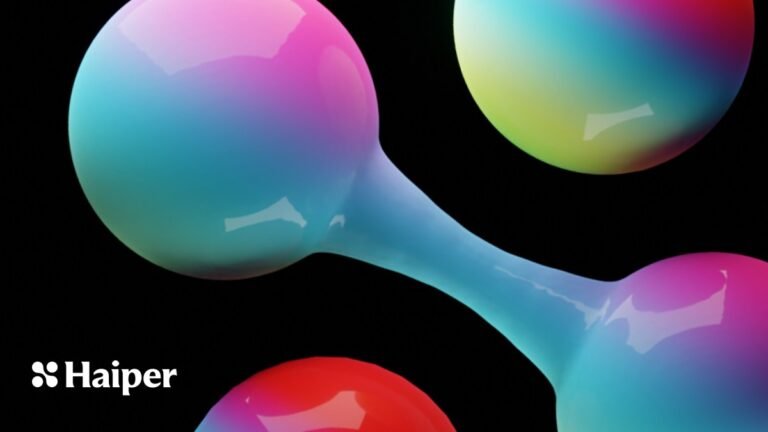
AI-powered video generation is a hot market on the back of OpenAI’s releasing Sora model last month.
Two Deepmind alums Yishu Miao and Ziyu Wang have publicly released their video generation tool Haiper with its own AI model underneath.
Video generation serviceUsers can go to Haiper’s site and start generating videos for free by typing in text prompts.
He noted that it is “too early” in the startup’s journey to think about building a subscription product around video generation.
While investors are looking to invest in AI-powered video generation startups, they also think the technology still has a lot of room for improvement.
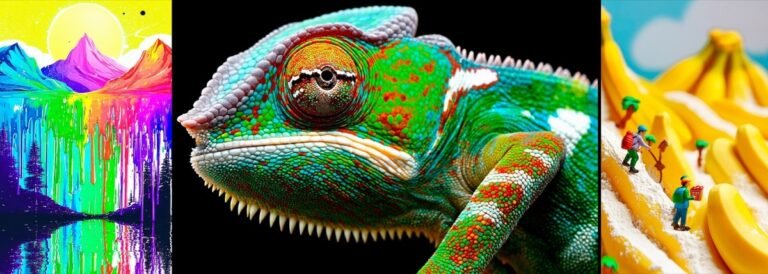
Stability has announced Stable Diffusion 3, the latest and most powerful version of the company’s image-generating AI model.
Sora, OpenAI’s impressive video generator, apparently works on similar principles (Will Peebles, co-author of the paper, went on to co-lead the Sora project).
(Anthropic, for its part, has not focused on image or video generation publicly, so it isn’t really part of this conversation.)
Stable Diffusion seems to want to be the white label generative AI that you can’t do without, rather than the boutique generative AI you aren’t sure you need.
Interestingly, the company has put safety front and center in its announcement, stating:We have taken and continue to take reasonable steps to prevent the misuse of Stable Diffusion 3 by bad actors.
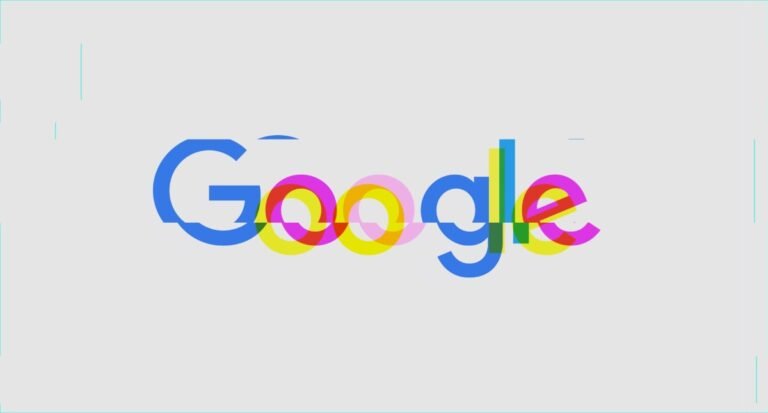
“While we do this, we’re going to pause the image generation of people and will re-release an improved version soon,” it added.
While we do this, we're going to pause the image generation of people and will re-release an improved version soon.
https://t.co/SLxYPGoqOZ — Google Communications (@Google_Comms) February 22, 2024Google launched the Gemini image generation tool earlier this month.
Gemini’s Al image generation does generate a wide range of people.
An earlier AI image classification tool made by Google caused outrage, back in 2015, when it misclassified black men as gorillas.

Google’s making the second generation of Imagen, its AI model that can create and edit images given a text prompt, more widely available — at least to Google Cloud customers using Vertex AI who’ve been approved for access.
Text and logo generation brings Imagen in line with other leading image-generating models, like OpenAI’s DALL-E 3 and Amazon’s recently launched Titan Image Generator.
These techniques also enhance Imagen 2’s multilingual understanding, Google says — allowing the model to translate a prompt in one language to an output (e.g.
Google didn’t reveal the data that it used to train Imagen 2, which — while disappointing — doesn’t exactly come as a surprise.
Instead, Google offers an indemnification policy that protects eligible Vertex AI customers from copyright claims related both to Google’s use of training data and Imagen 2 outputs.
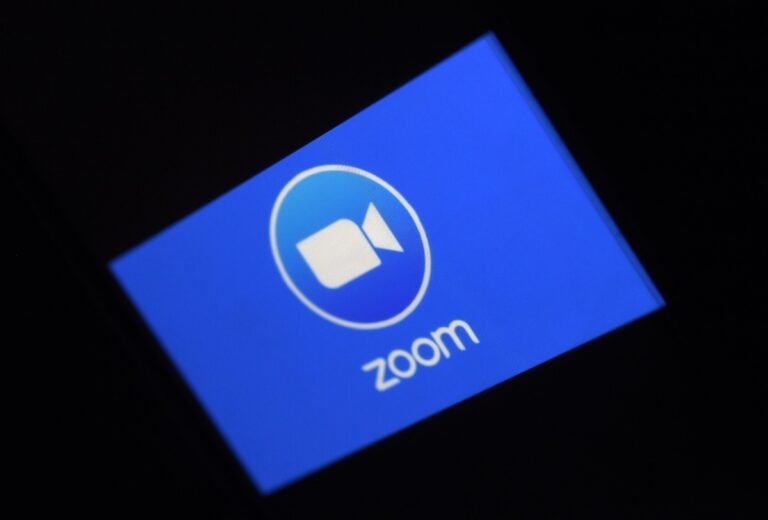
Apple’s highly anticipated iPad Pro model with 10-inch display will be launched on November 3rd. The device includes A13 Bionic chip, cameras, and authentication technology. I’m so excited for my…
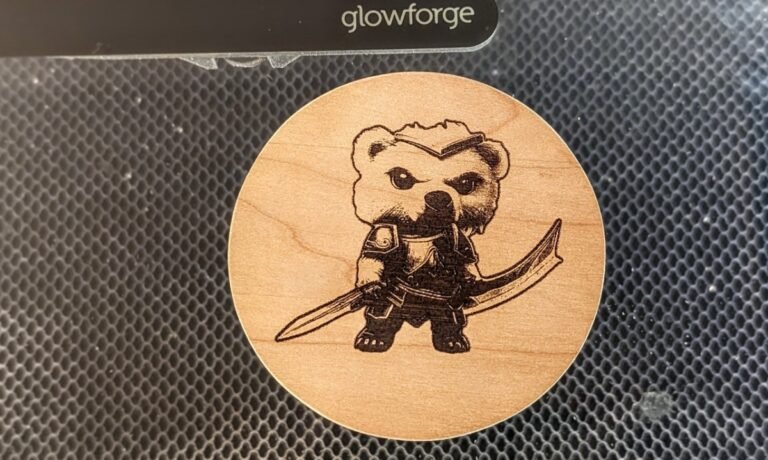
Laser Cutting and Printing Company Glowforge is revolutionizing the way we can create art. With their Magic Canvas feature, you can now create fun and creative works that are optimized…











